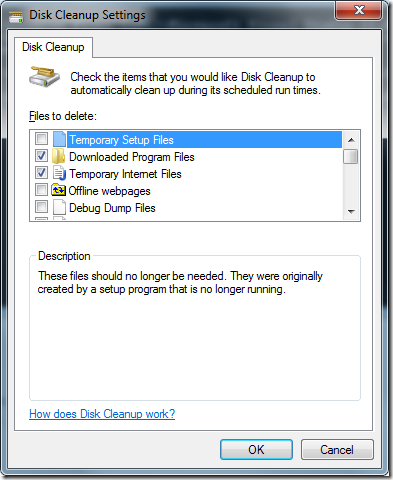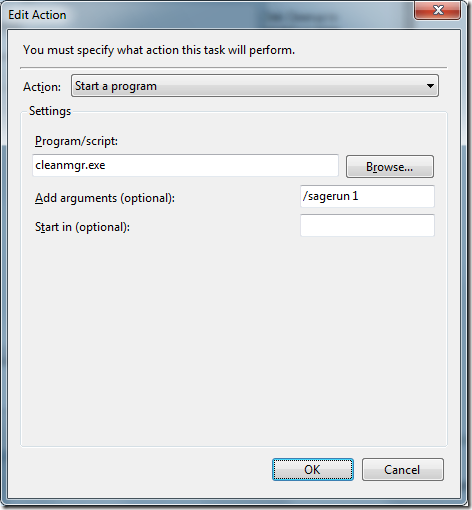The big, huge, #1, all-important “thing” right now in online business is “community”. No matter who you listen to, you will hear that you have to build a community with your customers. There’s one case where I feel this business dream was present long before it became a “thing” and just as the concept of “community” was gaining traction, they went and blew it all away. That business is Woot.
Woot has had spectacular growth in its relatively short life. It started as a deal-a-day website, offering one different product every day until it was sold out. We’ll call that Woot 1.0. Then there was the idea that Woot could offer more than one product a day, in multiple specific categories. Thus became Woot 2.0. Then there was the idea that Woot could offer many products in each category for periods longer than a day. This ushered in Woot 3.0, where it continues today.
Back in the 1.0 days, there was a very active community in the product forums. You could discuss a product all day. When 2.0 came along, this community became diluted. And if it wasn’t diluted, it was stressed in that the members had to participate even more. They didn’t have to, of course, but they wanted to because the brand was fun and all their friends were there. When 3.0 landed, there was simply no way to keep up with the sheer amount of products begging for discussion. And it showed. Products would go days without any discussion on them. Maybe due to lack of interest, maybe due to people not finding them or maybe not even bothering to look for them.
This change, while certainly increasing the bottom line of the Woot company – because stuff did still sell – created an environment totally different from past versions. Imagine walking into a room and there’s a product on a display stand in the middle. Also in the room are 50 friendly (sometimes sarcastic) people chatting. All of these people have an opinion about this displayed product and you can listen to them talk about it or you can directly ask anyone about it. Now, imagine a room with 20 products on display. Still 50 people, but some are huddled around one or another product. Your source of feedback is lessened and the credibility of the products and your business suffer.
So that’s the business aspect in favor of remaining small. You have a group of loyal followers and they’re going to support your choice of product (or limited products) because that’s what you offer. You’ve made the work easy for them to help support because your product offerings are limited. As much as it pains me to make the comparison, look at Apple. They have, what, like 5 products? Anyone can help you to some degree on those. On the other end of that comparison, just as painfully, look at Microsoft. Such a massive selection, it’s so difficult to find any assistance with some obscure product like Small Business Accounting.
But getting back to “community” in Woot, you have to look back to the 1.0 days to find where that community really shined: the Woot-off. Because you had one site, but the products constantly refreshed after being sold out, you’d have people discussing products all day. And if the products were slow sellers, the people would stick around and chat about anything else. It was normal for people to admit their work productivity dropping to zero because of involvement in the Woot-off. Today, in the current 3.0 incarnation, there is a Woot-off happening on five different sites. How are you going to possibly keep up on conversations on five different sites? Why would you want to? And the effect is very obvious. Products now turn over much, much more slowly during a Woot-off.
So you have a brand community that is stretched too thin over too diverse a product base. Could it be made any worse? Sure. These changes I described are also creating a strong sense of community apathy. No one really cares anymore because there’s just too much. I see some people becoming specialists in one category or another, and bravo to them. But you have to wonder if there’s any benefit to being a lone expert. Where are your peers? If you leave, then what happens?
There’s another change in Woot that is feeding this apathy – actually two changes. The first change is the “no dead air” policy Woot seems to have adopted. If a product sells out too quickly, another product is posted in its place. This goes against the old policy of “you snooze, you lose”. Yeah, you still lose out on the earlier offering, but there’s still something for you to buy, so no hurries. The other change is the recurring items. When you see Gunnar glasses sold for a week on one site, then sold for the next week on another site, then sold in a woot-off, then back again afterwards. Or if you see another product on a side sale also appearing in a Woot-off, or like what just happened – a product comes back a second time in a Woot-off, what are you supposed to think? There’s no shortage of supply, there’s no exclusivity, there’s nothing special about the sale at all. You are cheapening your offerings. Call it the Starbucks effect; or the Best Buy effect. When it’s always available, the desire to have it drops.
So in conclusion, just when other companies are discovering how to rally their customer base and make strong advocates for their brand, Woot has figured out how to lose one of the most valuable company assets it could ever have. If you’ve lived through Woot 1.0 and 2.0, you can see what you need to do with your business (and what not to do). If you came in with Woot 3.0, you can only read history of what it was like.

